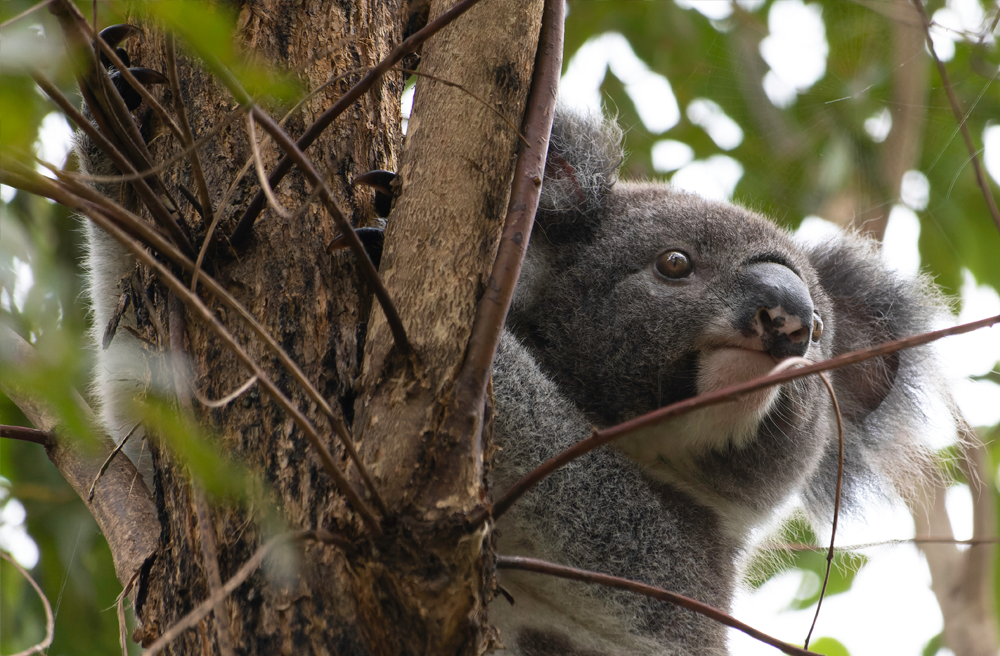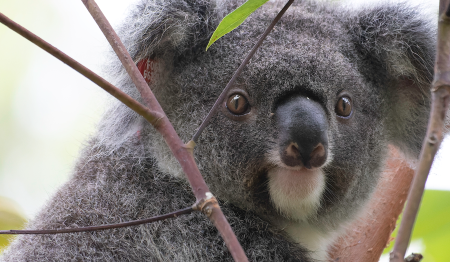Interesting Facts About Koalas
Koalas are an iconic species only found in Australia, yet they have captured the hearts of people around the world with their fluffy cuteness, and sleepy behaviour.
Unfortunately, koalas are endangered, and part of our conservation strategy is to help people understand just how special these animals are.
Here we answer many questions asked about koalas, bust a couple of myths and offer interesting facts about koalas and their unusual needs and behaviours.
Please enjoy, we hope it helps you care about koalas just a little bit more.
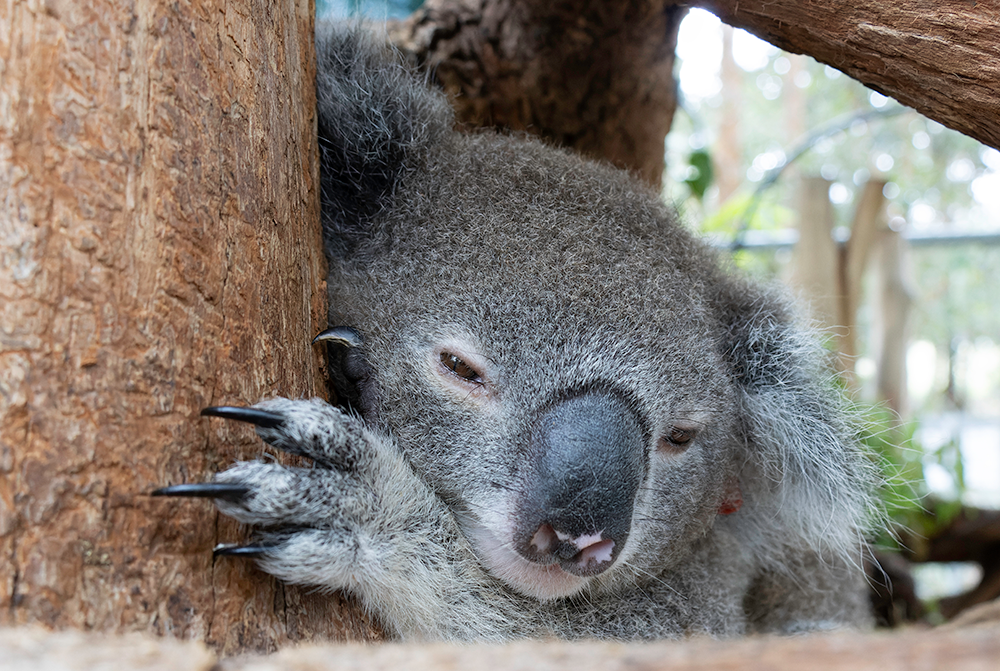
What is a koala?
What is a koala's scientific name?
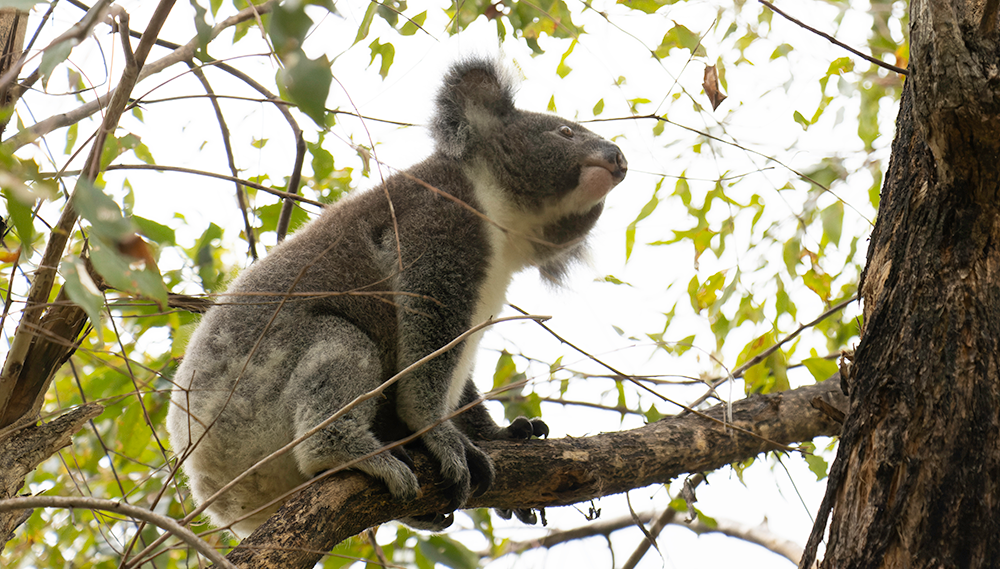
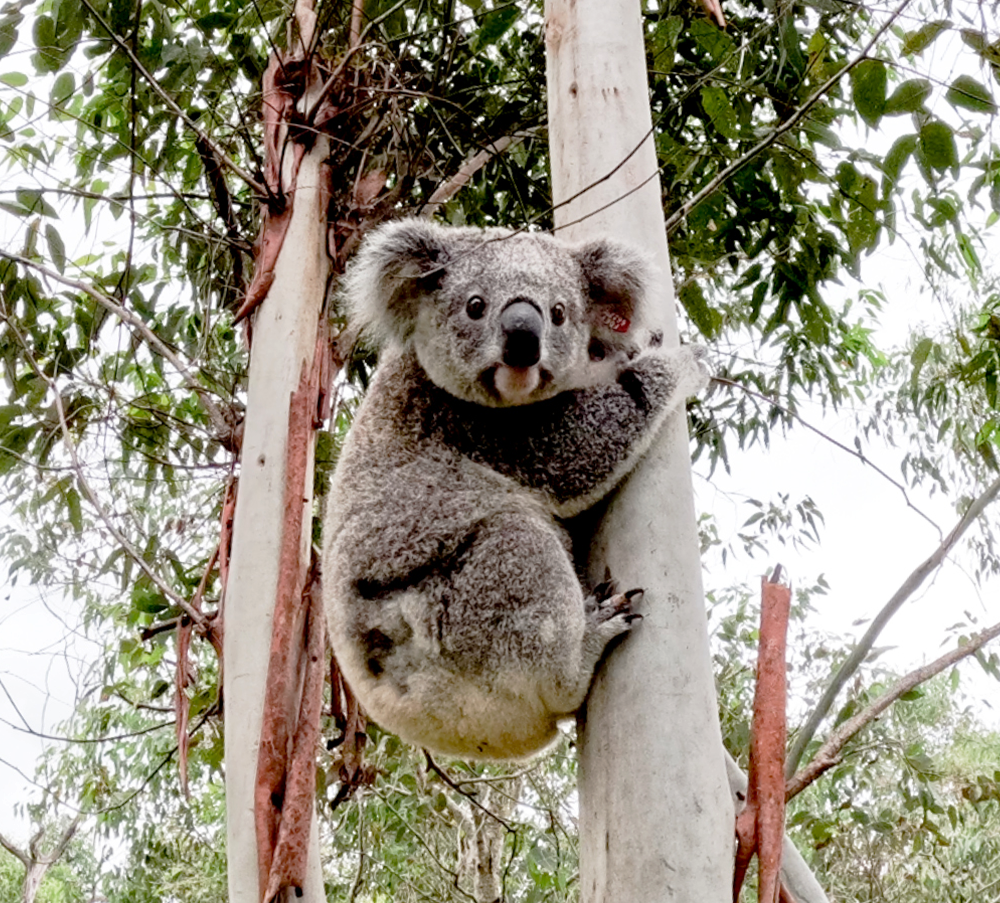
Where do koalas live in Australia?
Are koalas bears?
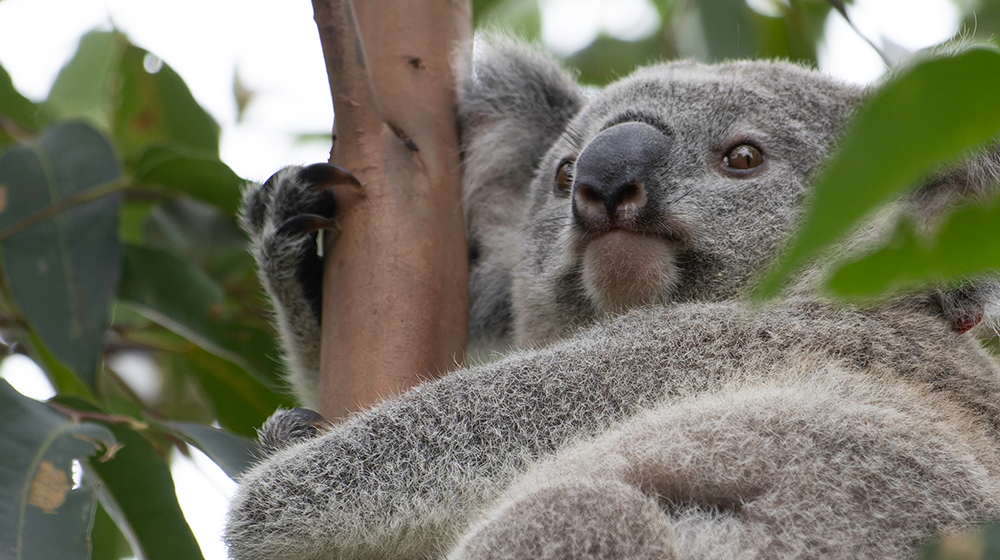
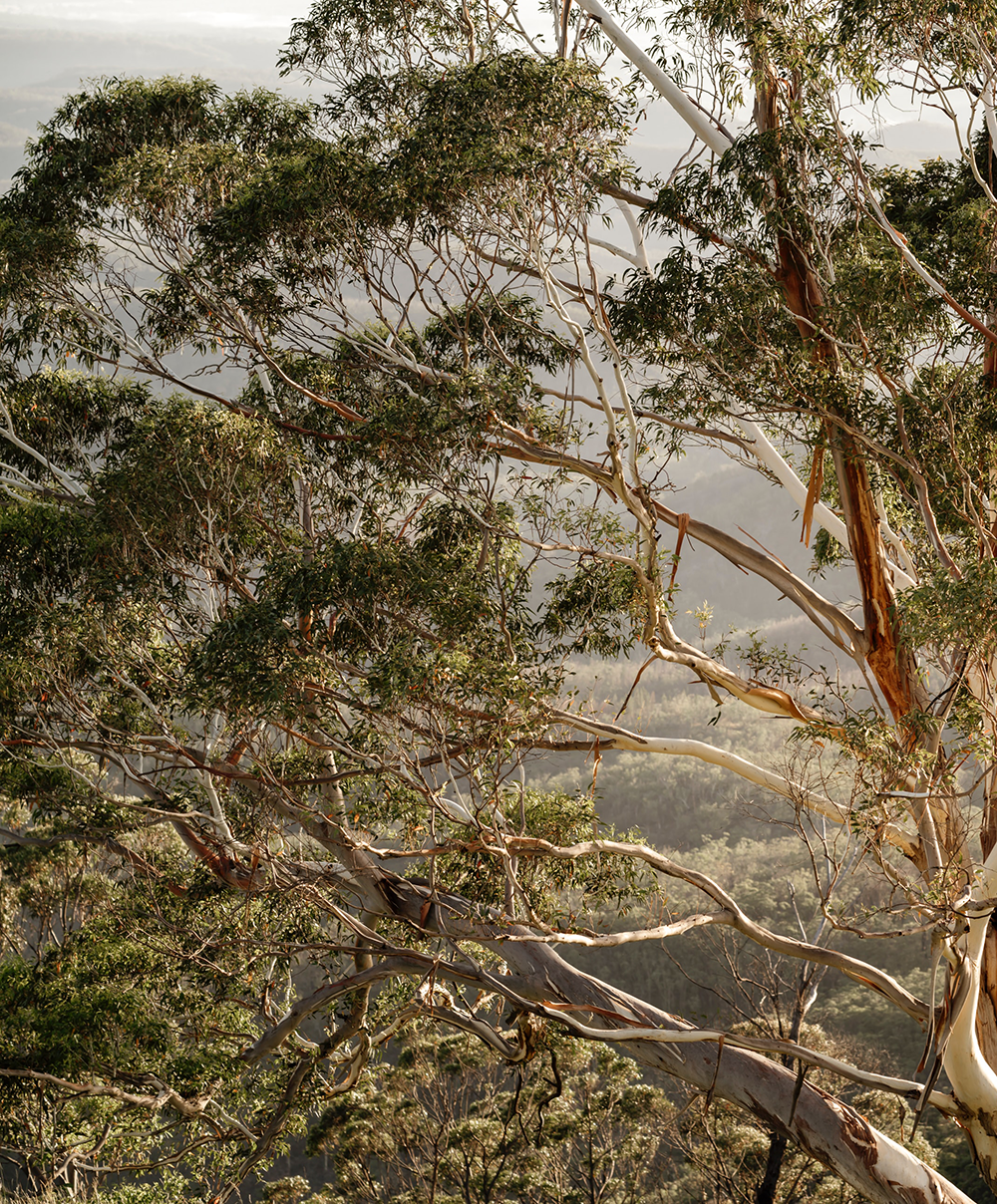
What is the diet of a koala?
What do koalas eat?
WHAT DO KOALA's DRINK?
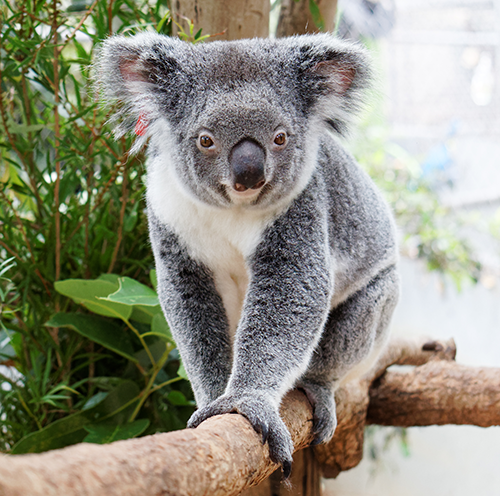
What is a koala's habitat?
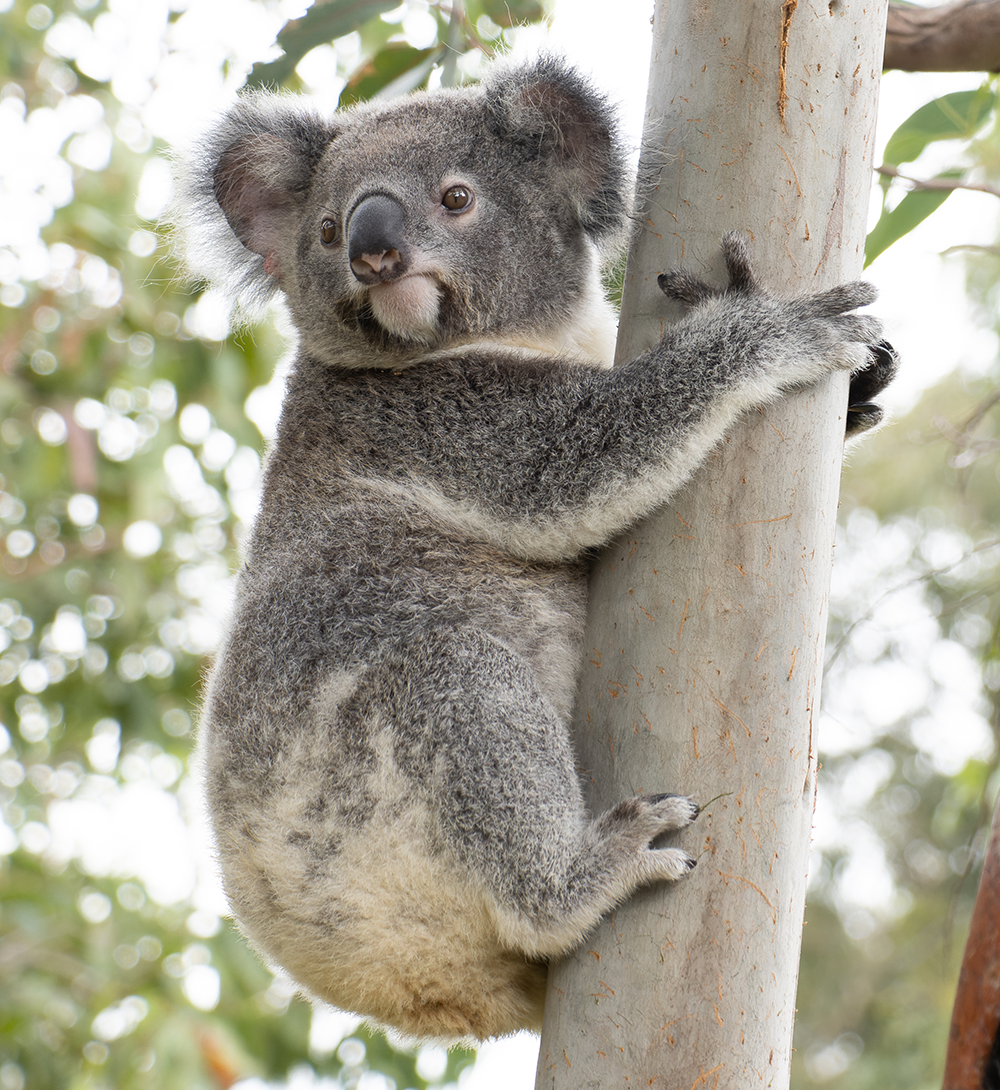
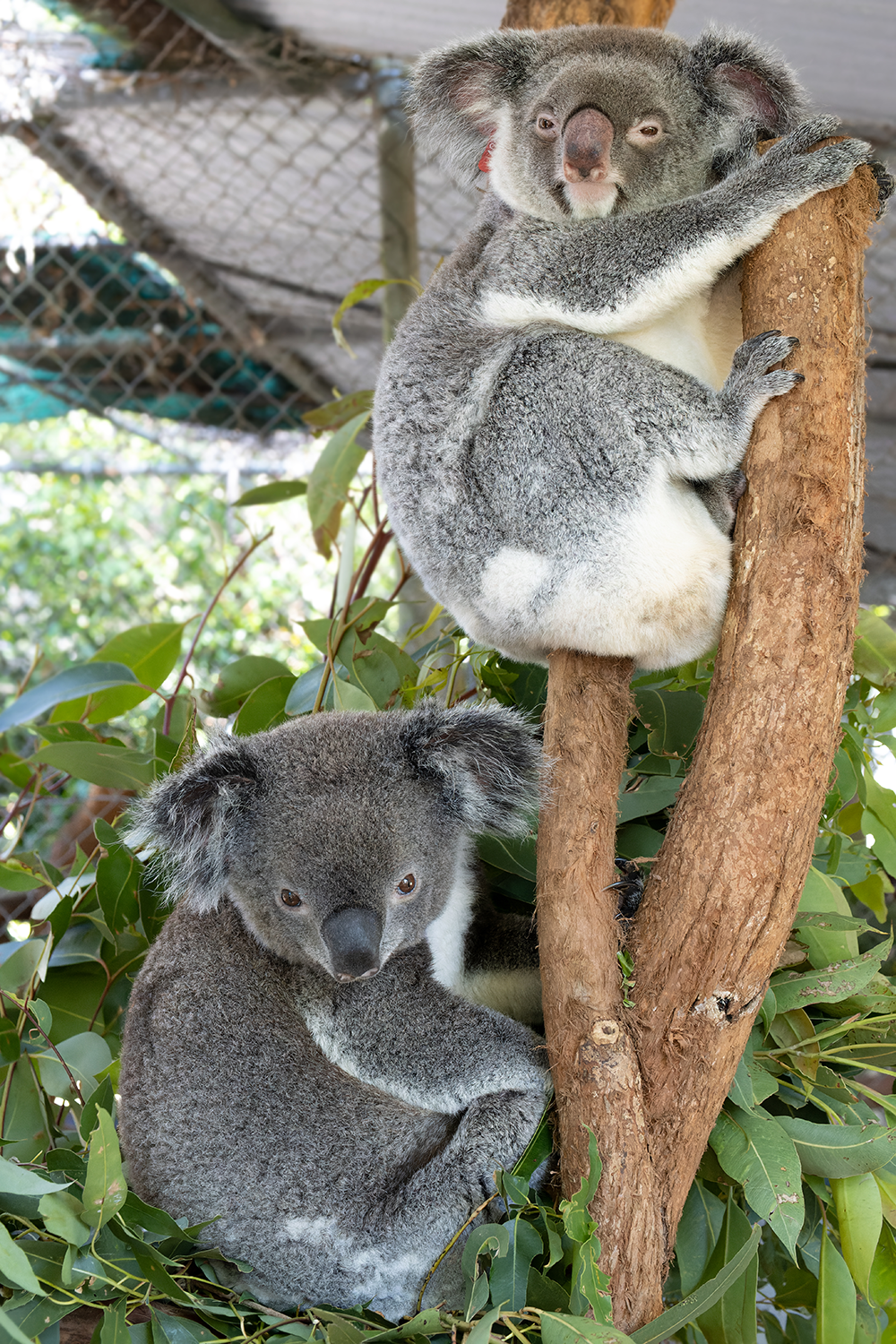
Why do koalas have chlamydia?
How long do koalas live?
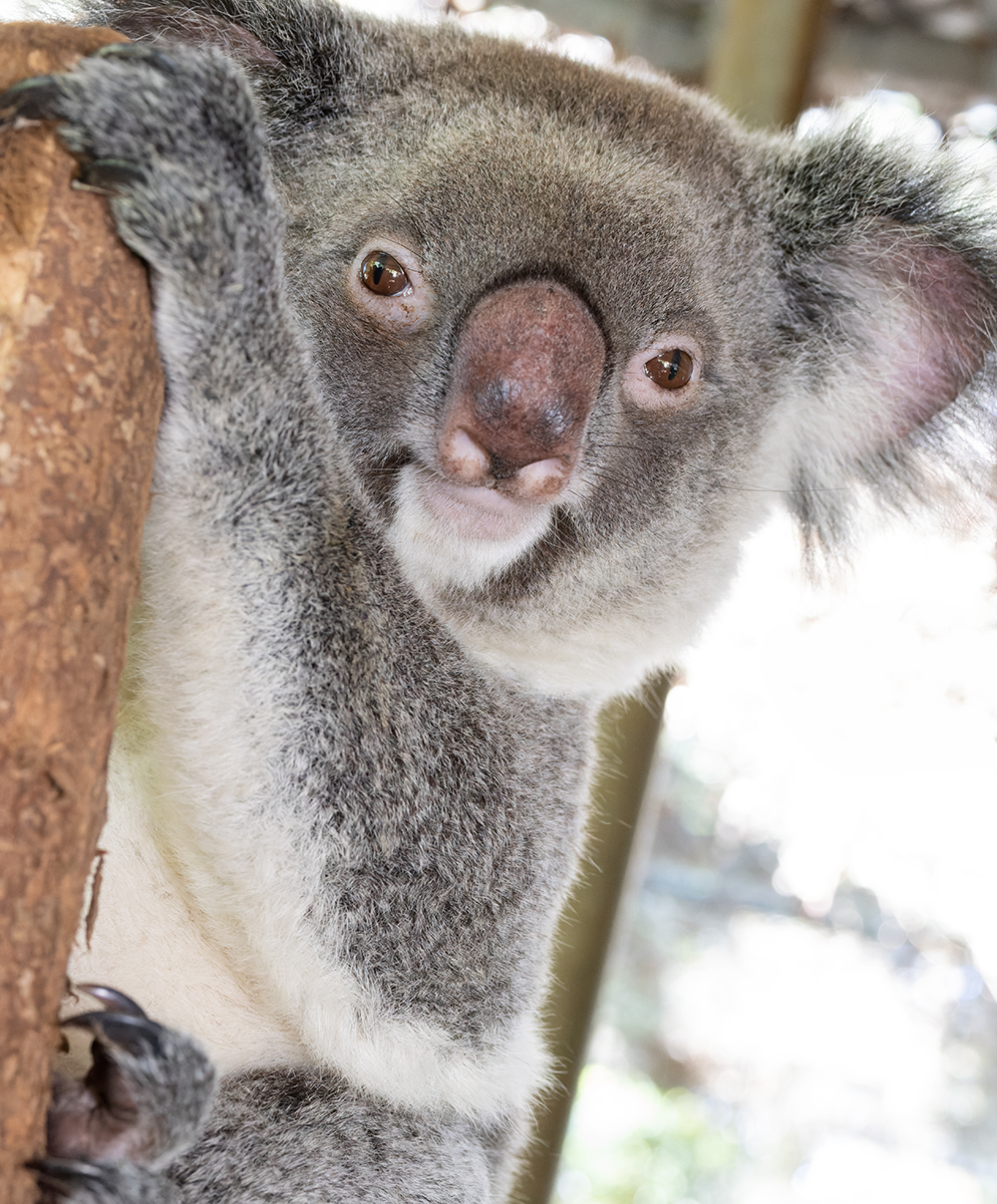
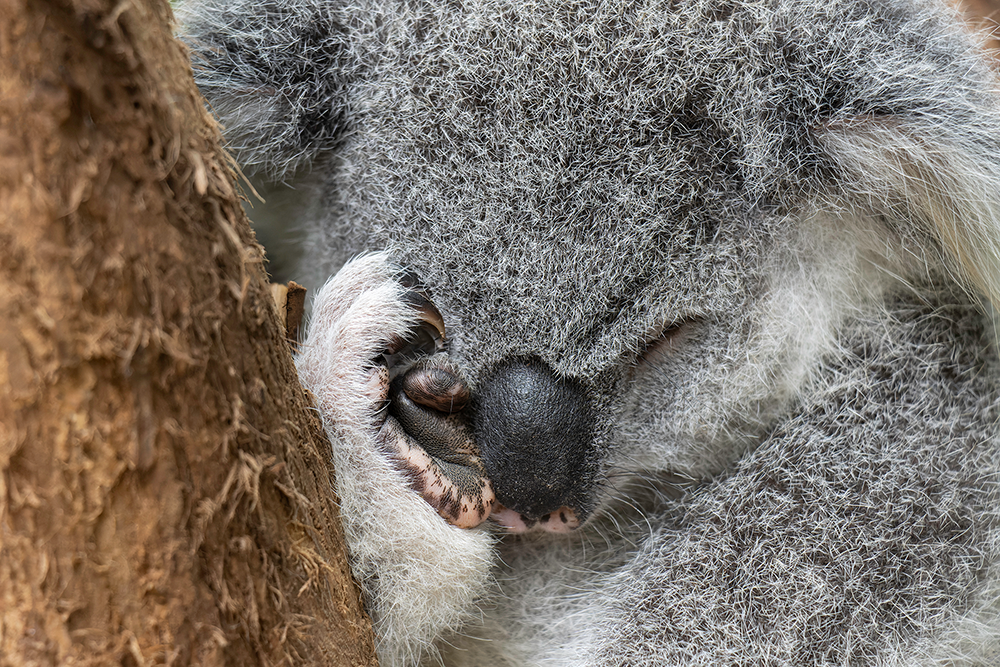
How long do koalas sleep?
Are koalas mammals?
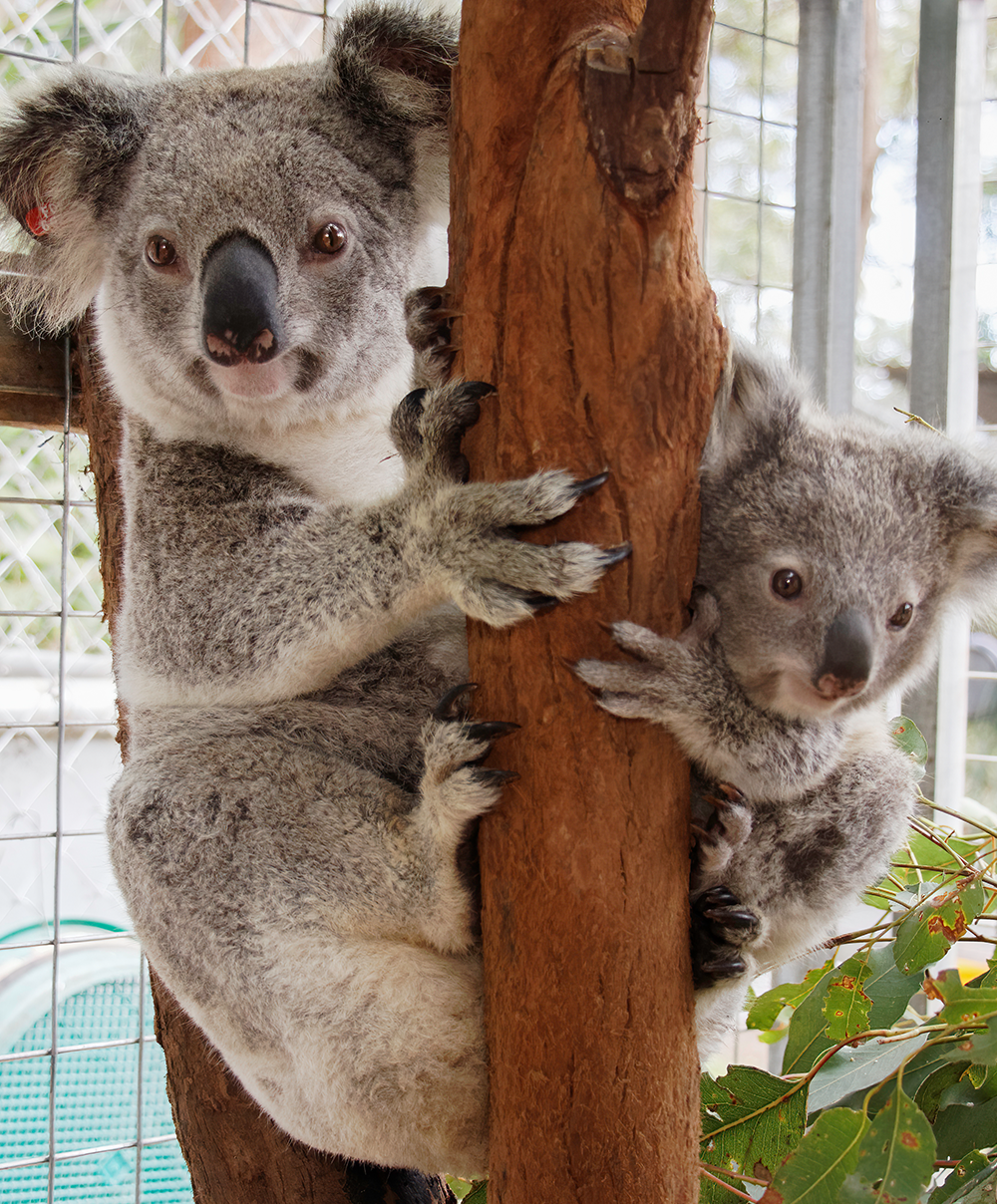
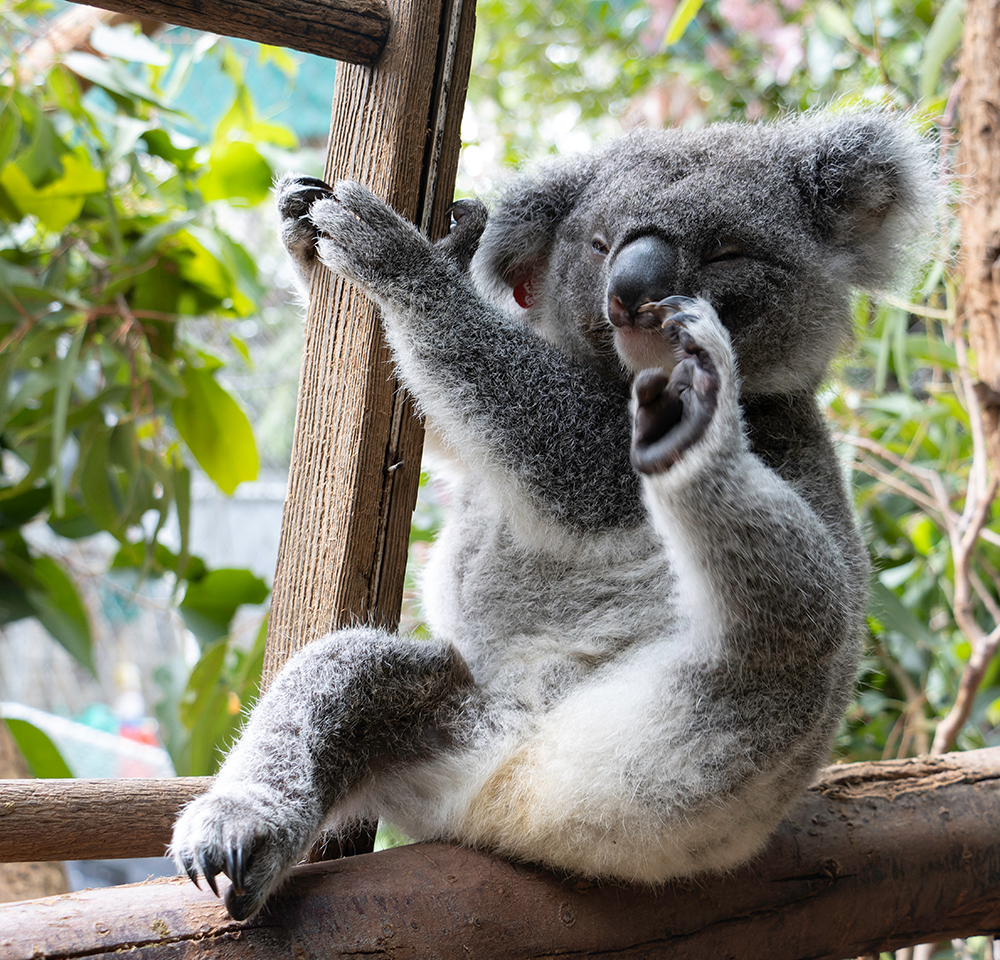
Are koalas endangered?
Are koalas dangerous?
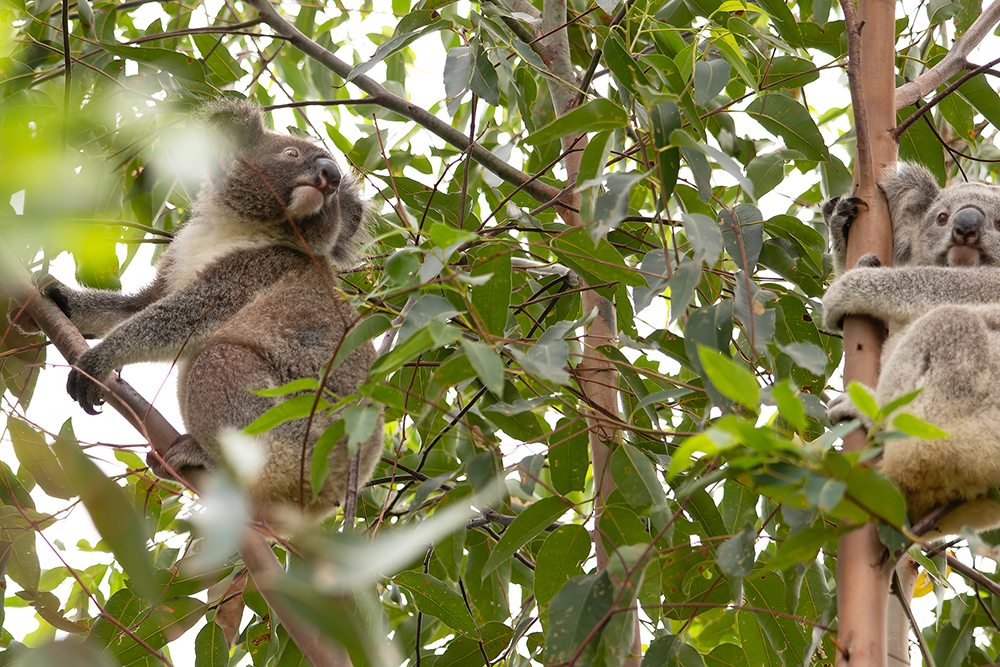
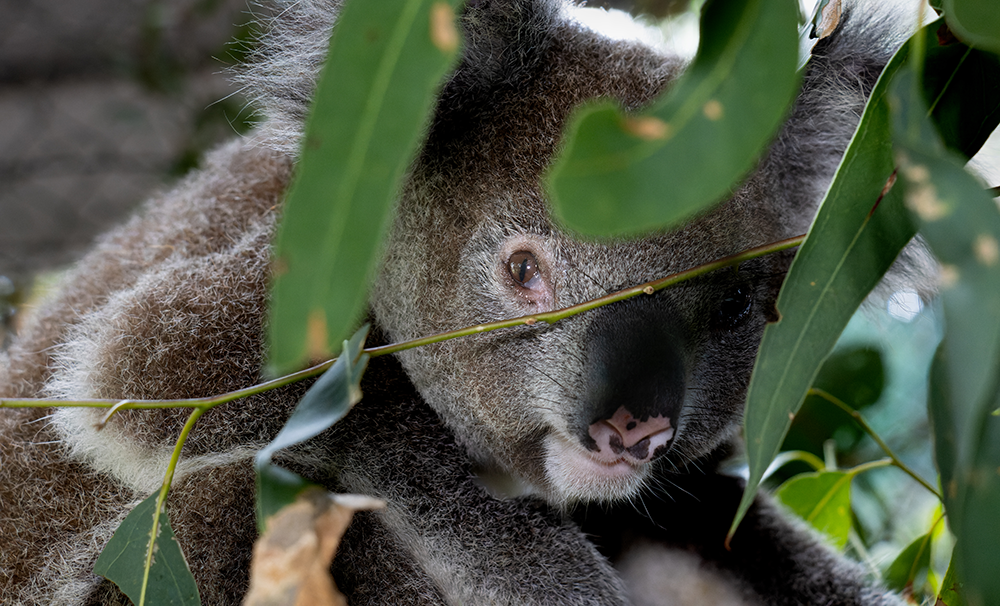
Are koalas nocturnal?
Who are koalas' predators?
What do koalas sound like?
Male Bellow
Male koalas produce a deep, resonant bellow. This bellow serves as a territorial signal to other males and attracts potential female mates.
The bellow may be described as a series of snoring and belching noises, with some likening it to a donkey braying.
Female Vocalizations
Female koalas tend to be quieter than males but will produce various vocalizations, including squeaks, grunts, and screams, to communicate with their young, signal distress, or reject unwanted male advances.
Baby Koala (Joey) Sounds
Baby koalas, or joeys, communicate with their mothers using soft, high-pitched squeaks like chirping, which serve as a means of staying connected and expressing their needs.
Sniffing and Hissing
Koalas may also make sniffing and hissing sounds when they feel threatened, disturbed, or anxious.
These noises help warn potential threats to back off and maintain a safe distance.
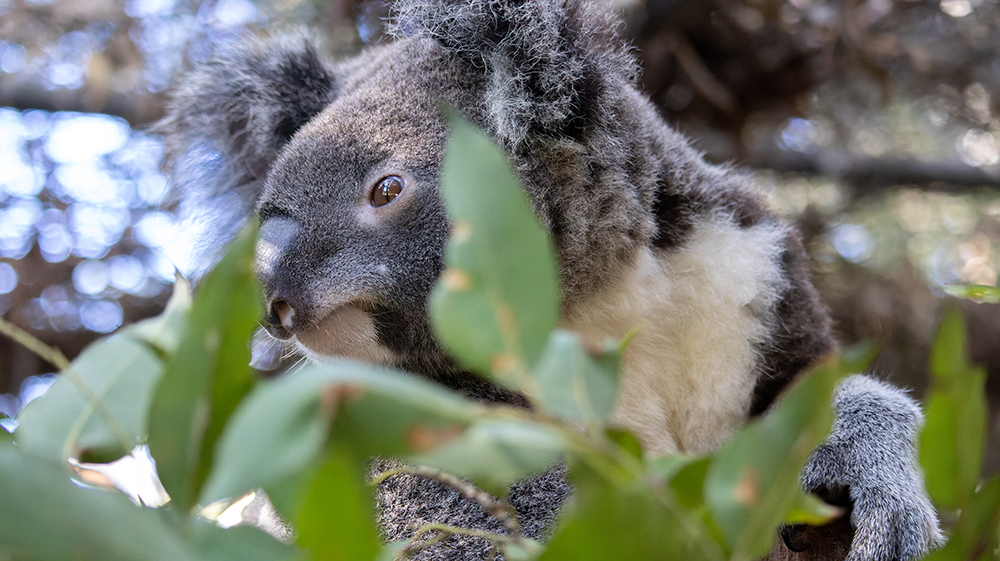
Can koalas swim?
How do koalas feed their babies?
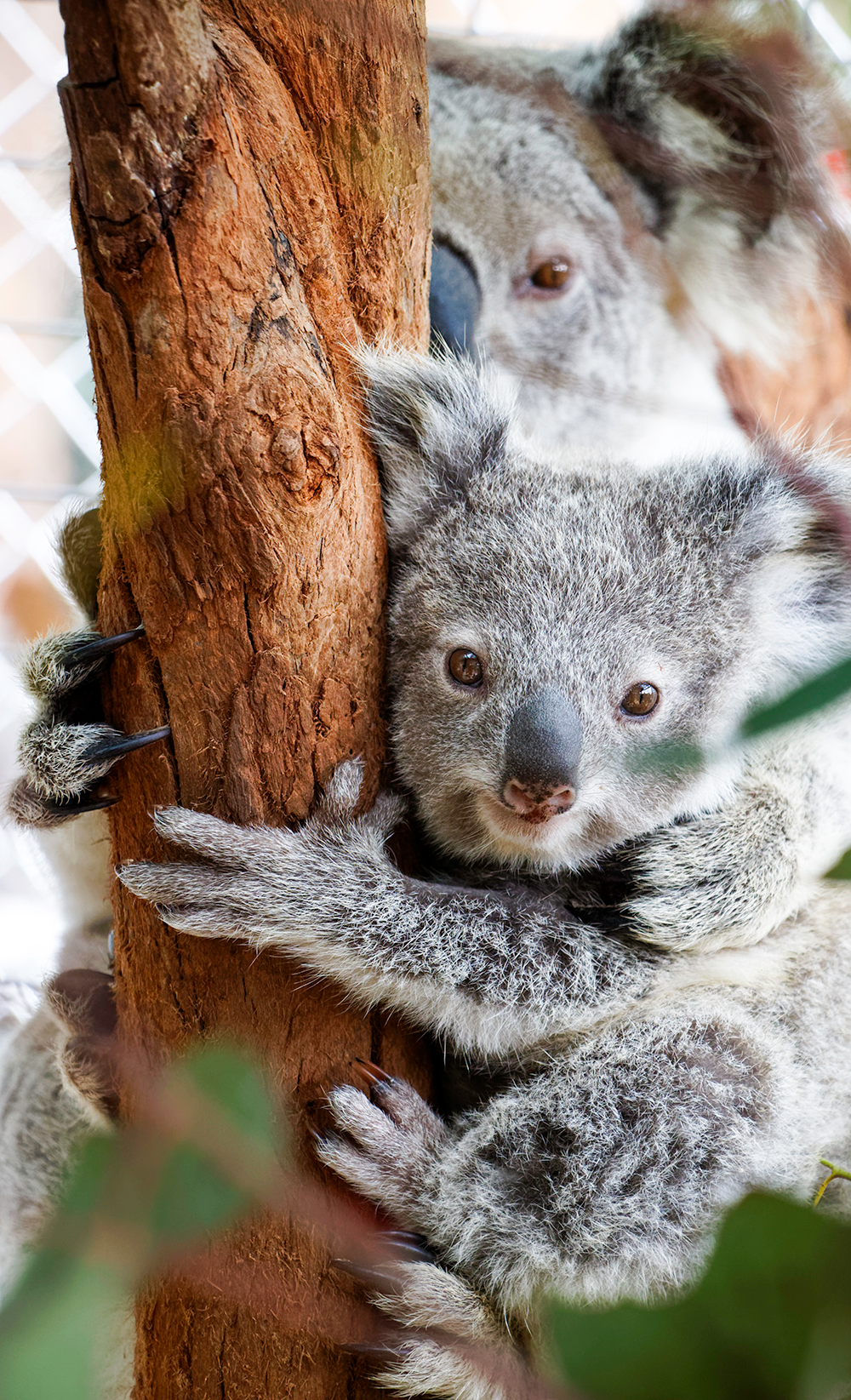
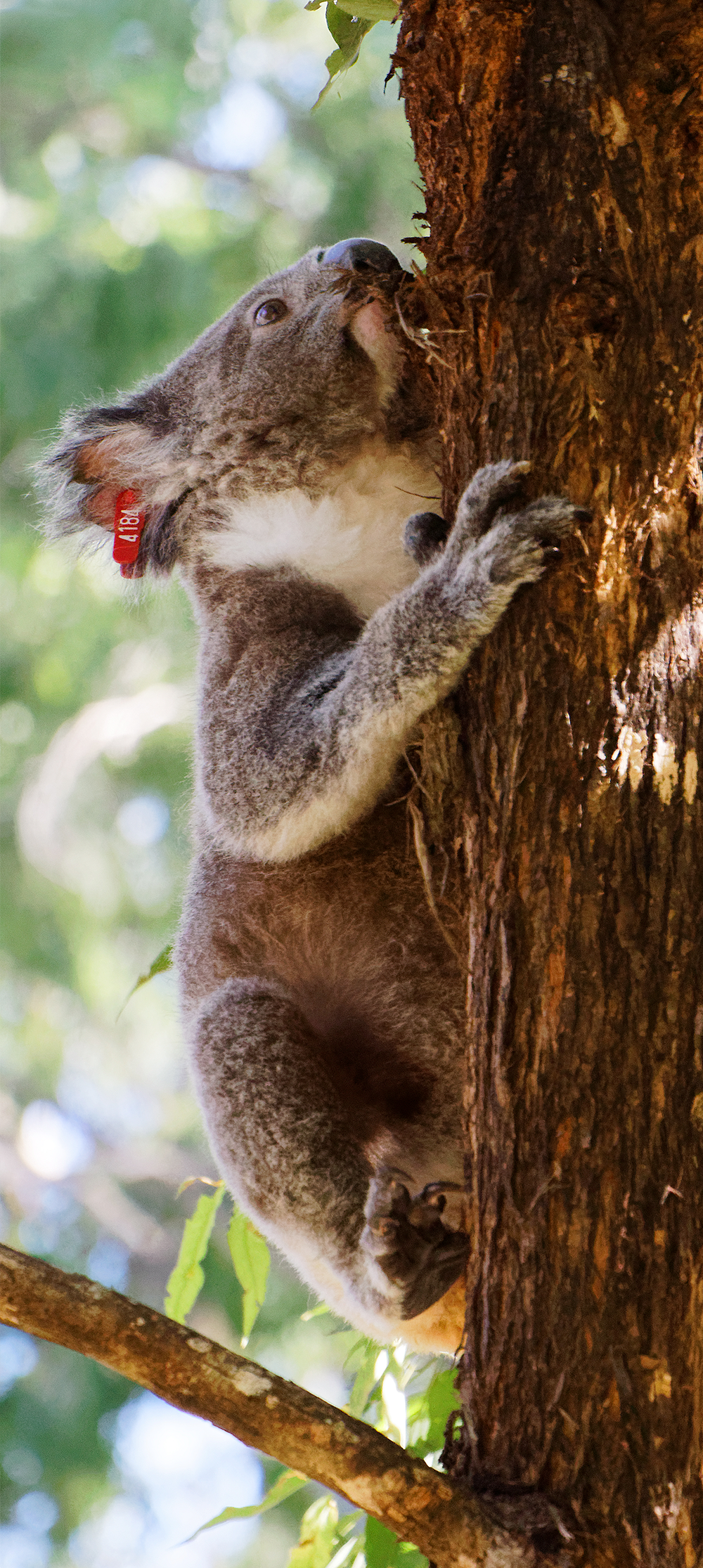
Will koalas go extinct?
How are humans protecting koalas?
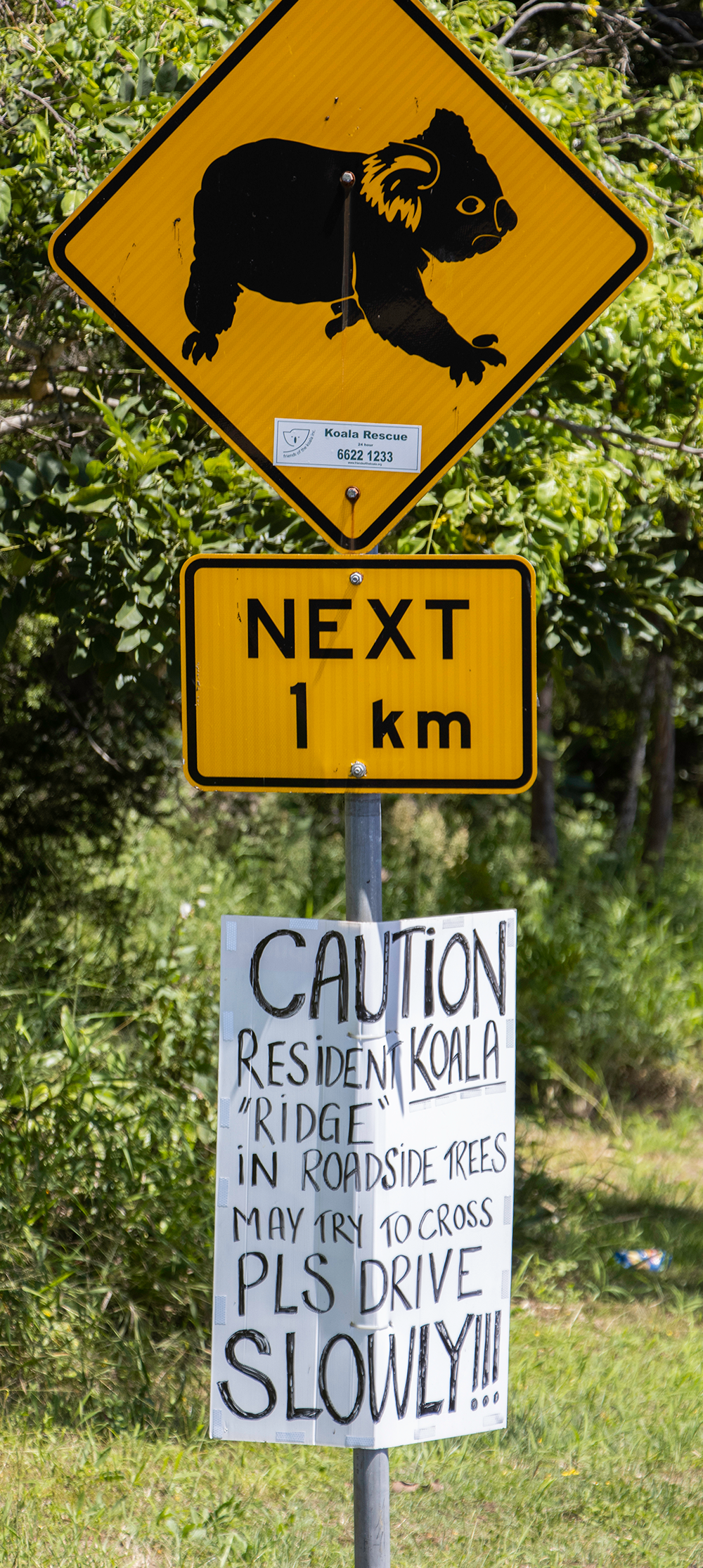
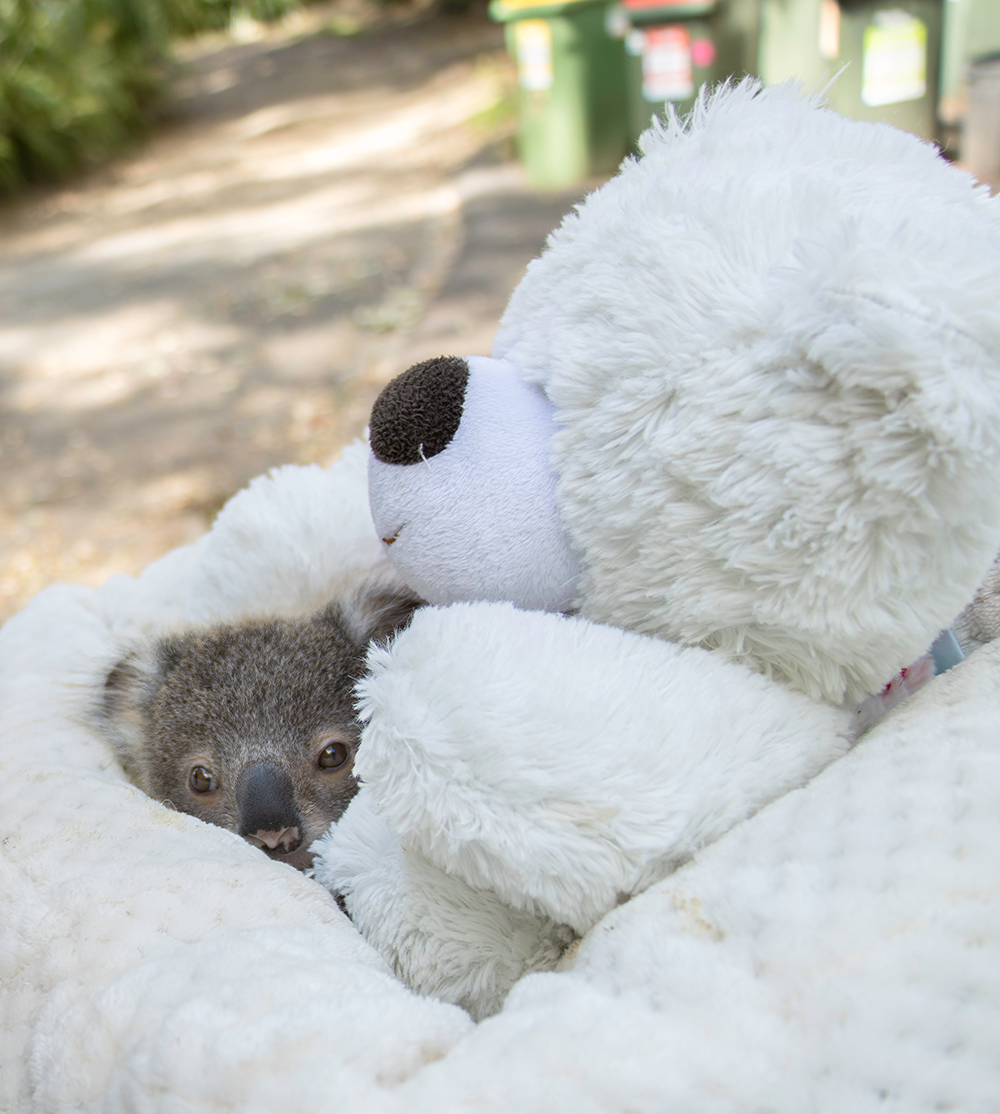
Can I keep a koala as a pet?
Can I adopt a koala?
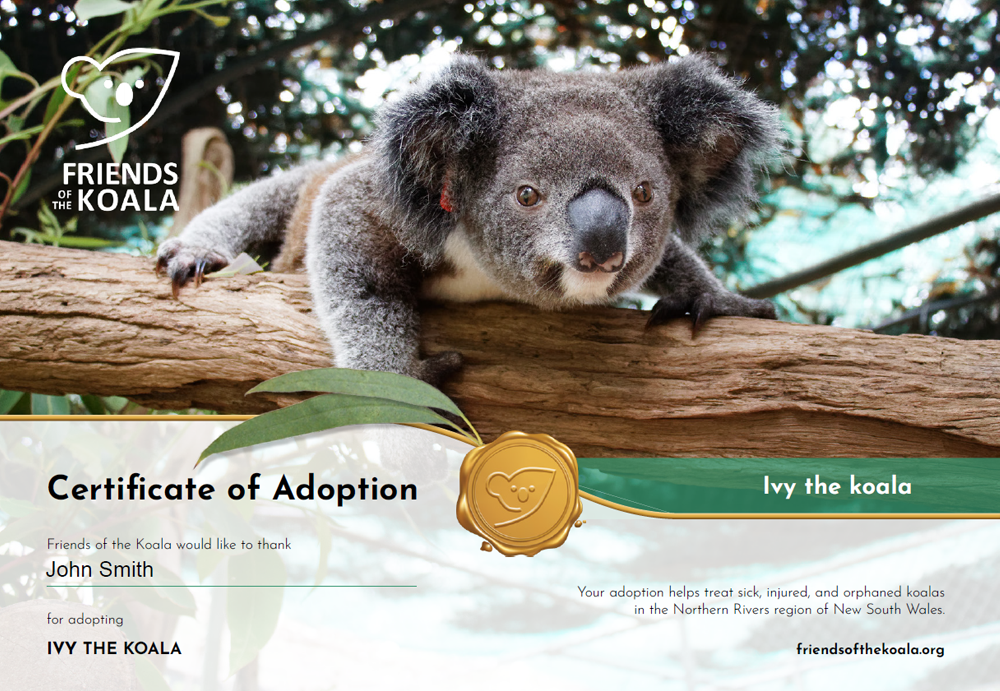
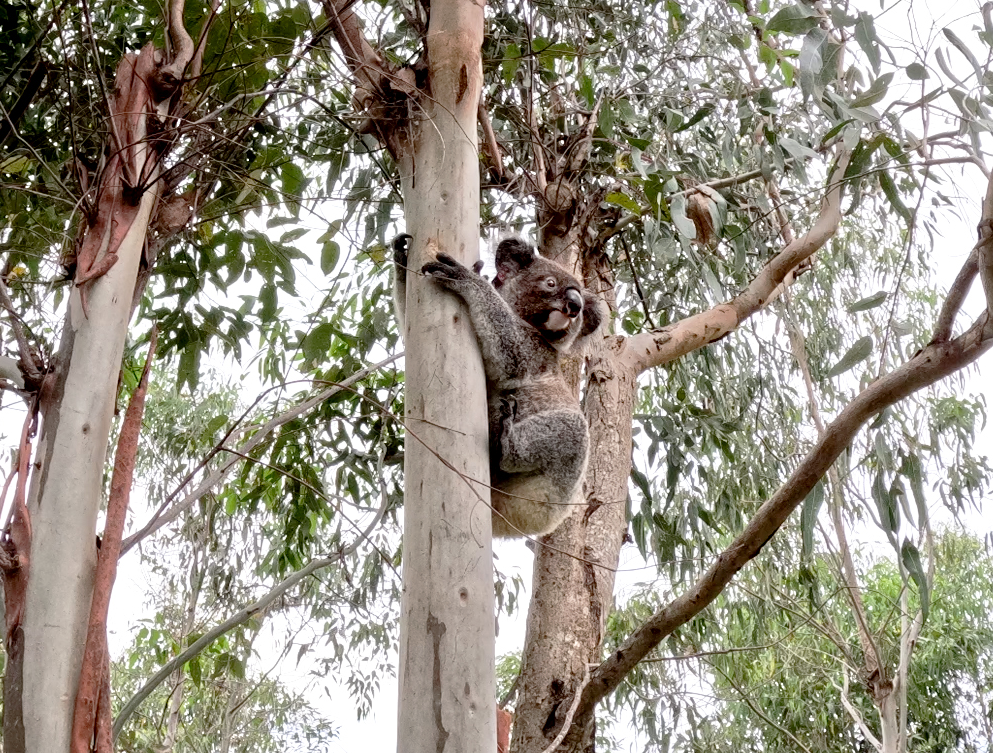
Can I pat a koala?
Where can I do koala tours?
